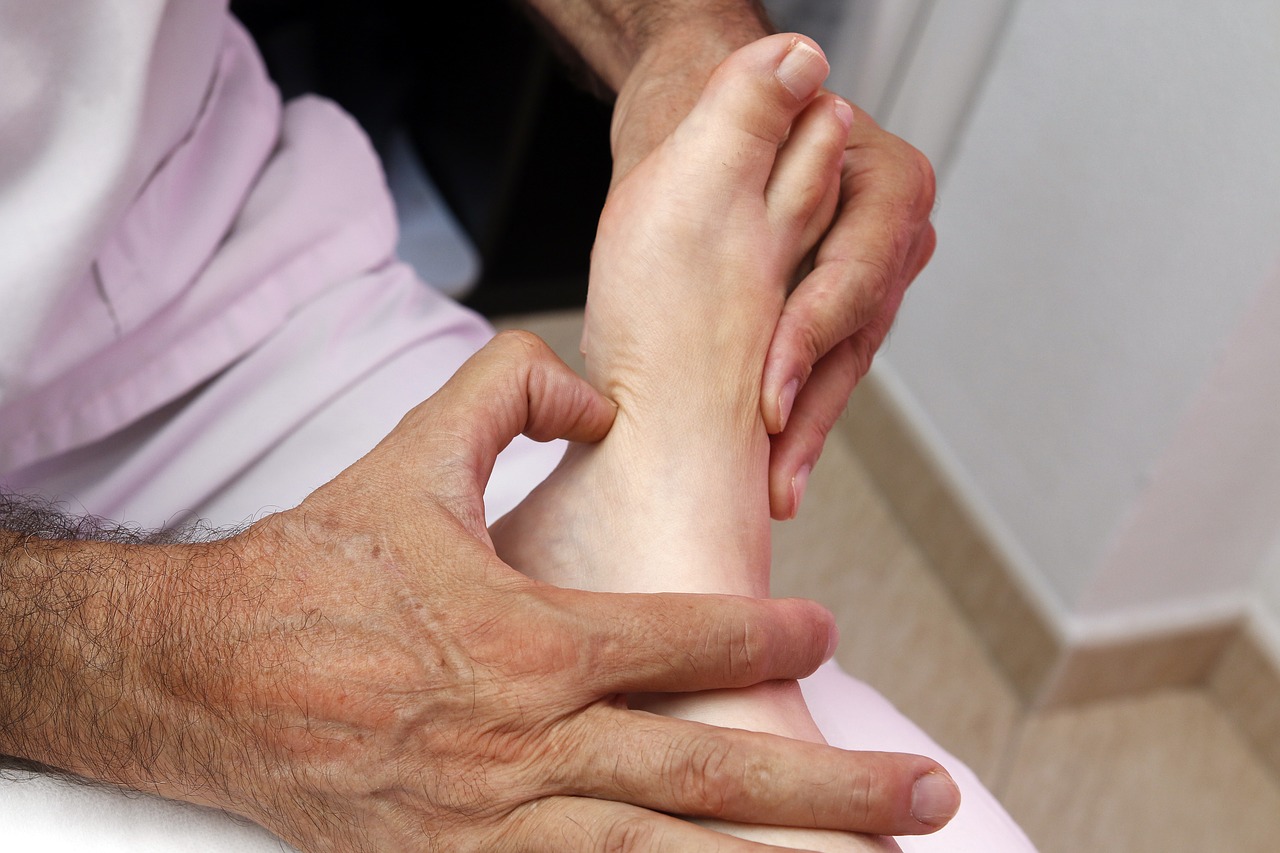Most people associate the word reflexology with a form of foot massage, but it is so much more than that. Reflexology is defined as the application of appropriate pressure to specific points and areas on the feet, hands and ears. The theory behind this technique is these areas correspond to organs and systems in the body. When pressure is applied to these areas, it is thought to affect the organs and benefit a person’s health.
 Reflexologists use foot maps to guide their work. The left foot corresponds to organs found on the left side of the body and the right foot corresponds to organs found on the right side of the body.
Reflexologists use foot maps to guide their work. The left foot corresponds to organs found on the left side of the body and the right foot corresponds to organs found on the right side of the body.
So how is this different from massage or acupressure? Here’s how to differentiate the modalities. Massage therapists manipulate large areas of soft tissue. Acupuncturists use pressure points all over the body, and reflexologists only work on specific areas (feet, hands, ears). This is how the three professions differ from one another. And while all three practices differ, they all treat symptoms associated with stress and anxiety.
The use of “reflex areas” allows the reflexologist to remove energetic blockages and promote health in the related body area. These are some of the examples of the reflex areas and their corresponding body parts:
- The ball of the foot corresponds to the heart and chest.
- The arch of the foot corresponds to the liver, pancreas and kidneys.
- The tips of the toes corresponds to the head.
- The heel corresponds to the low back and intestines.
The roots of reflexology go back to ancient China and Egypt, but the basis of the current form of reflexology was introduced to American doctors in 1915 by and ear, nose and throat specialist named William H. Fitzgerald. It was further developed by an American physiotherapist named Eunice Ingram in the 1930s, and this is the form widely accepted and used today.
Aside from helping with stress and anxiety, reflexology is believed to balance the nervous system, while stimulating the release of endorphins that can help reduce pain. But this technique is used to treat much more, including headaches, digestive disorders, arthritis, insomnia, hormonal imbalances, menstrual disorders, sports injuries and even multiple sclerosis.
Reflexology can be used for post-operative and palliative care. Studies have shown massage is very effective for the relief of cancer pain and that foot reflexology was even more effective than just regular body massage.
Reflexology sessions typically last about 30 to 60 minutes and may incorporate balls, brushes and dowels to achieve the desired effect. There is no regulation of reflexology in the United States, but there is a certification board that requires the therapist have at least 200 hours of education at a recognized institution.
Just like massage or acupressure, reflexology should not be used as a sole treatment method for any condition. It can be very relaxing for both your feet and your whole body, while also providing other benefits. But like other modalities, make sure you are being treated properly.


